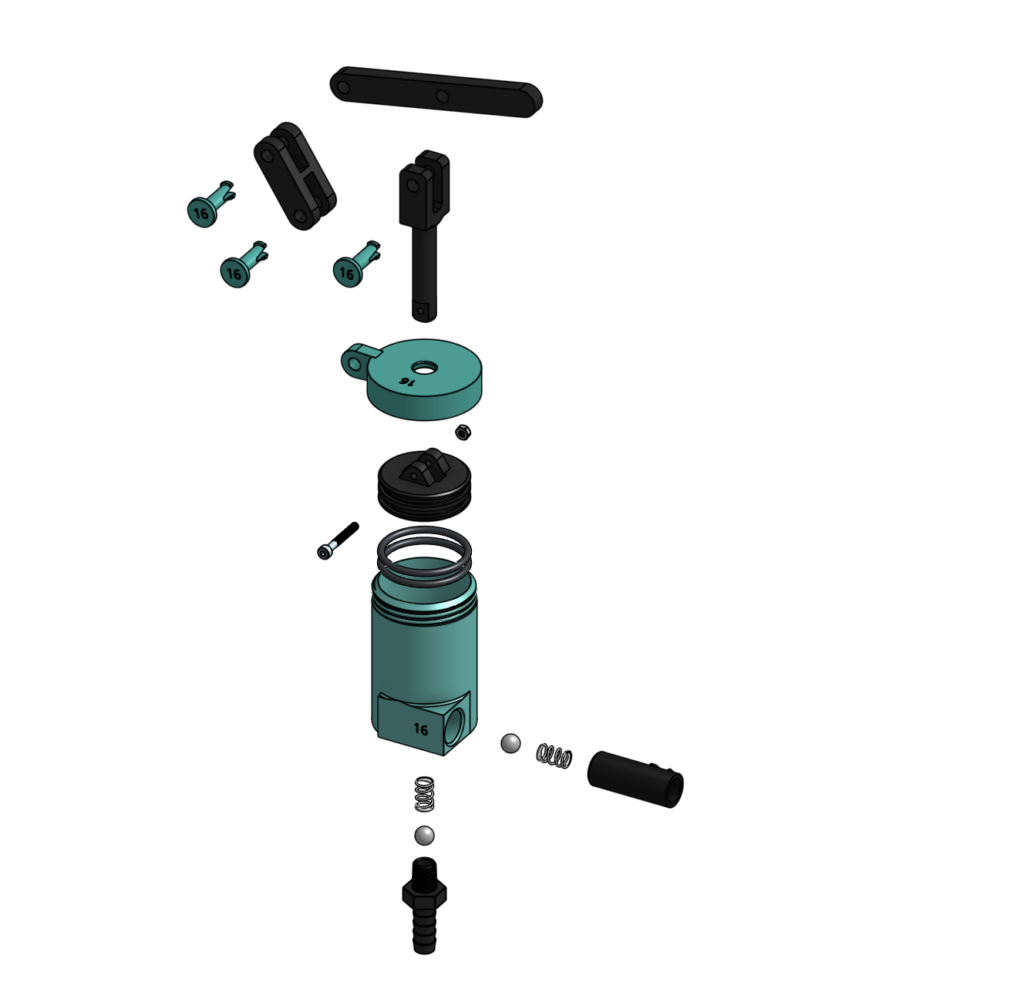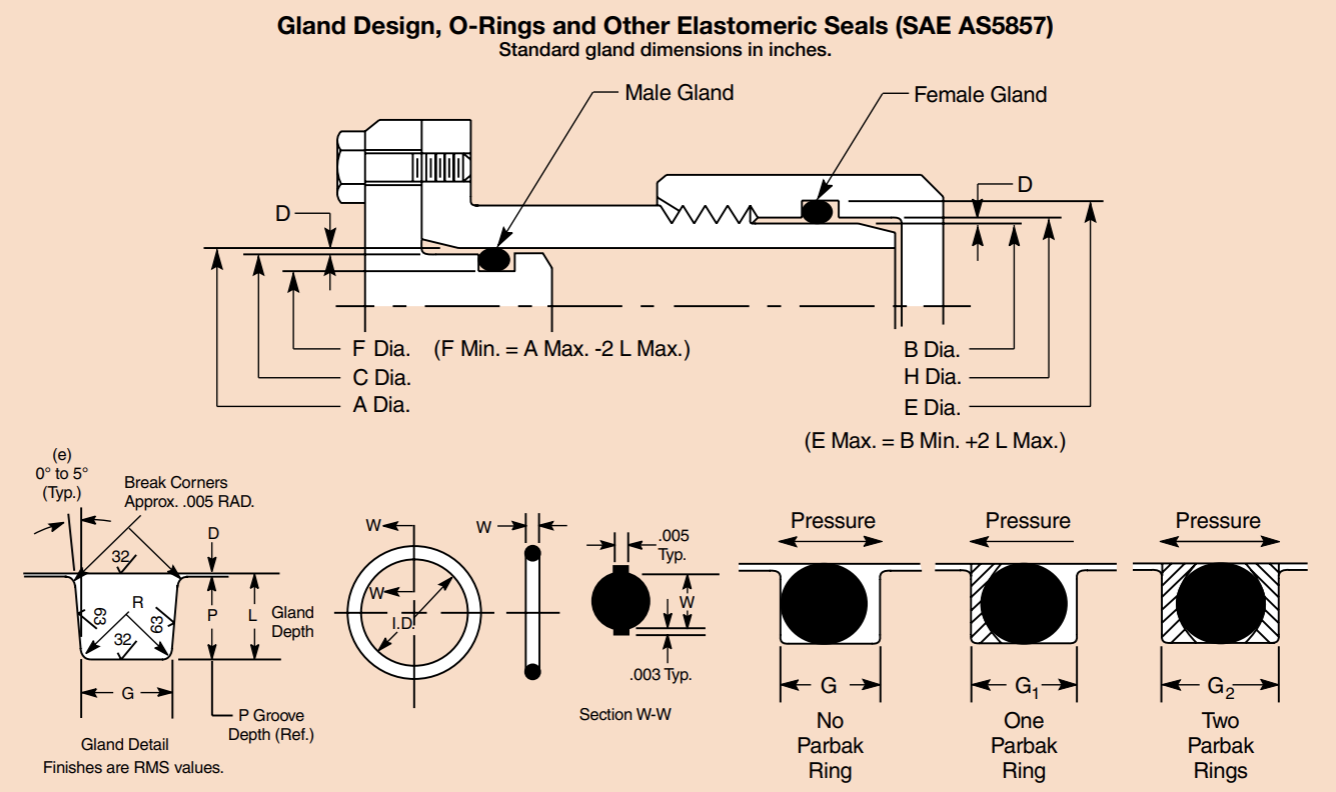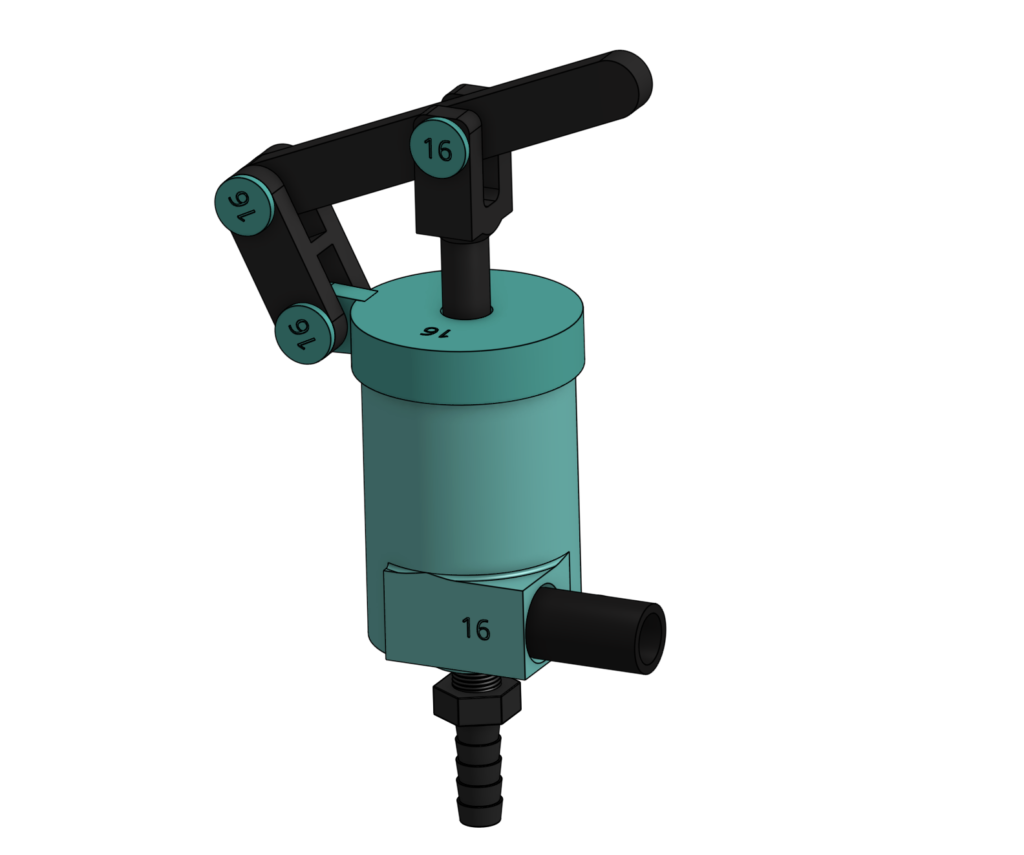15 November 2024
Project Details
Duration : 45 day
Client : Laval University
Team membres : Team Awesome (4 membres)
Deliverables : Prototype + CAD & Analysis + Tests
Dimensions : 50mm x 150mm x 95mm
Required Pumping Rate : 0.80l/min
3D Printing : SLS Technology
Material : Nylon 12
Introduction
In the fall of 2024, my team and I embarked on an ambitious project to design an efficient and durable hand pump. Given the critical need for sustainable solutions in resource-limited environments, we sought to address several critical challenges. Specifically, we aimed to optimize the pump performance while minimizing the applied force required for operation and ensure ease of use and durability. Precision engineering, material strength, and innovative mechanisms were our areas of focus that boosted both performance and longevity.
Project Goals
The main objective was to develop a manual water pump that is compact, efficient, and sustainable. Therefore, our task was to design a pump that could handle real-world challenges while remaining simple to build and maintain :
- In order to guarantee movability and efficiency, we developed a minimal component pump
- SLS technology was used to enhance critical components’ performance
- Instead of adhesives, we opted for a method that increases durability and facilitates easy reuse
- To make it user-friendly, we focused on maximizing water flow while reducing the force needed for priming and operation.

Study Features
Innovative engineering solutions and advanced technical strategies were the backbone of this project. From the outset, the team prioritized durability and efficiency in every design aspect. To ensure optimal performance and reliability, we applied precision-driven methodologies and more importantly, conducted accurate dimension calculations.
The team incorporated snap-fit designs to simplify manufacturing and maintenance. Which enabled secure assembly and disassembly without adhesives or extra hardware. Rigorous testing, using FDF 3D printing technology, validated the snap-fit mechanism’s mechanical integrity under pumping forces, ensuring long-term durability.
Nylon 12 stood out as the major material due to its lightweight properties, high strength, and excellent compatibility with additive manufacturing techniques. Successfully, by integrating these strategies, the project combined innovation with practicality, meeting real-world demands.

Challenges and Limitations
Developing an innovative pump system involved several technical hurdles and design constraints. The team faced challenges related to size limitations, material selection, and manufacturing precision. We tackled each issue step by step through creative problem-solving and iterative prototyping.
Early prototypes initially revealed overly tight dimensions, even though calculations were precise. To address this issue, the team widened the groove, ensuring smooth piston movement without excessive force. Aligning the lever axis with the inner cylinder required meticulous adjustments to maintain perpendicularity and meet design specifications.
On top of these challenges, selecting the correct O-ring dimensions. Initially, our calculations led us to design an O-ring setup that did not provide the expected precision. To address this issue, we conducted extensive research, referring to sources such as Machinery’s Handbook and industry guidelines. However, despite these efforts, the problem persisted, leading us to seek further explanation through discussions with our professor. Ultimately, we realized that our approach was flawed—not due to inaccurate dimensions, but rather because of the compression rate applied for the O-ring cross-section.

Results and Insights
The project showcased the potential for impactful engineering solutions in resource-limited scenarios. Several crucial factors, such as meticulous design, durable materials, and seamless integration of innovative features, were essential.
- Optimized Assembly & Disassembly—Ensured by a well-designed snap-fit mechanism, providing ease of use and structural integrity.
- Optimal Sealing – Precise O-ring adjustments provided reliable sealing, eliminating leaks and enhancing performance.
- Top-Notch Performance & Durability: Extensive flow rate and strength tests confirmed the system’s efficiency and long-term usability.
- User-Friendly Operation: Intuitive assembly features simplified complexity and improved use.
Project Outcomes
This project highlighted key principles essential to engineering success. The team gained valuable insights and developed innovative solutions through collaboration and problem-solving. Here are some takeaways from the project, demonstrating the essential principles of engineering and cooperation:
- Effective collaboration and communication were leveraged to overcome challenges and achieve project goals.
- A systematic approach, analytic thinking, and variability addressed design and functionality problems.
- Innovative thinking led to efficient solutions and optimized designs.
